The famed science guy spoke with Rolling Stone about why he's backing Kamala Harris and this presidential election's high climate stakes
This Election day, Bill Nye has one message for young people: “Vote with the climate in mind.”
Since September, America’s beloved science guy has been injecting social media platforms with snappy, quirky videos aimed at educating voters to choose candidates who champion climate and clean energy. Working in tandem with Climate Power’s Too Hot Not To Vote campaign, Nye has urged voters to cast their ballot for Vice President Kamala Harris — who delivered the tie-breaking vote to pass the Inflation Reduction Act and has called the climate crisis an “existential threat,” versus former President Donald Trump, who has falsely claimed climate change is a “hoax.”
With his latest and last video in the series, Nye speaks with Rolling Stone about the political power of the nation’s youth, why he’s supporting the Harris-Walz ticket, and how the next U.S. will shape our planet’s future.
I wanted to talk about the climate stakes in this presidential election. In terms of environmental policies, what types of futures do Vice President Kamala Harris and Donald Trump offer for America?
Donald Trump has said explicitly that he would continue to drill for oil and gas in the continental U.S. and wherever he can manage to roll back regulations against what might have been against drilling on public lands or parks or national monuments and so on. Fundamentally, he and his team, say they do not accept the fact of climate change, they do not plan to do anything about it. Whereas Harris and Walz have plans to continue things akin to the Inflation Reduction Act, which is also known as the Clean Energy Plan, and so I would rather pursue the Clean Energy Plan than “drill, baby drill.”
What’s the major driver behind Trump and his allies’ intent to kill the Clean Energy Plan and roll back environmental protections?
I think two things: They are influenced very strongly by the fossil fuel industry, especially the oil and gas sectors of the fossil fuel industry. And by influence, I believe, they have accepted large donations from them, and they certainly have made a promise that they would roll back regulations in exchange for the number that he said was a billion dollars. So that’s not in anyone’s best interest, and the contrarian point of view has taken hold in the conservatives, because it’s not progressive — the science of climate change is rejected, along with a bunch of other things that they want to reject.
Editor’s picks
Young people got no time for this. Young people, in my experience, are very concerned about the future, very concerned about the climate and the world they’re going to be living in. And so these [climate] videos are aimed at young people, young voters. And I like to remind people that when I entered high school back in the Motown era, you had to be 21 to vote, but by the time I was graduated from high school, you had to be 18, and that was because of the deep concern expressed by the public about the Vietnam War, where you could draft people like me and kill us in warfare, but we did not have a vote. And so the world changed with that. So I just really want to emphasize to young people. I traveled the country, went to a few places, made the videos to encourage young people to vote, because young people have the power to change the course history.
When you’re speaking to young people, particularly millennials and Gen Z, what is the biggest difference you see across generations when it comes to their perspective on climate change?
They grew up with it. So I grew up with Earth Day, and when Earth Day was created, everybody’s concern was pollution. That humankind was making the environment dirty, toxic chemicals. You’ve probably heard the expression, “forever plastics,” that was a big concern. But since then, climate change has been discovered, and so Millennials and Gen Z have had climate change in the background their entire lives. It wasn’t something discovered in their lifetime, it was before they were born. So they, I believe, understand it better than people, for example, people running for President, Vice President, on the other side. And [young people] want to do something about it.
Related Content
There is a widespread misrepresentation of climate crisis solutions among Republicans, such as the cost of wind and solar energy alternatives, how did the party get to this point?
The other side has worked really hard to make doubt about climate change an idea, and they’ve also worked very hard to make the idea that doing anything about climate change is “extremist.” That’s a big word over there: “climate extremists.” But when you consider the scale of the problem, something like the Inflation Reduction Act is hardly extreme, it’s a couple good first steps.
They worked very hard to dismiss the science altogether, and introduce the notion that scientific uncertainty is the same as overwhelming doubt. And that’s not right. That’s wrong.
When you’re speaking to young people across the country, what is their Number One concern when it comes to the environment?
That we’ve reached a tipping point. The word people throw [around] is “doomism” — that we’re doomed. But I will claim — I will pound my fist on the editorial desk! — that the latest research points out that there’s no tipping point. You haven’t reached a point of no return. It’s just that things get worse and worse. So, the sooner you do something about it, the better.
Those videos I made about the Constitution, about climate change, about the warped view of the world — those were made before Hurricane Helene, before Hurricane Milton, weeks before. You can call it a coincidence or you can call it, “What did you expect?” … There’s a real cost here: financial costs to rebuilding. And it’s not a crazy thing or remarkable thing to suggest that people are going to choose to live somewhere else after they can’t get insurance, they can’t rebuild their homes, they can’t get their cars insured against corrosion, because the salt water is coming over the top and from under the limestone. They’re going to move. And where are they going to go, and what are they going to do when they get there? And these are real costs that we’re all going to carry. And so young people: Understand that. Let’s go. Let’s do something about it.
Do you also stress the importance of down ballots when talking to young people?
Yes, because — that’s a great question — we don’t want to get a situation where the White House has leadership on climate change, and then one of the legislative branches in the U.S. Congress is obstructionist with regard to climate policies. You don’t want climate deniers anywhere in your municipal elections, school board elections, various propositions having to do with people’s quality of life and climate change. You don’t want climate deniers in any of those positions. So yes, all the way down the ballot.
A lot of people say that the climate crisis needs to be approached in a holistic, multi-solution way, instead of relying on one, perfect solution.
Thank you. You know, the title of my second to last book was Everything All at Once, which somebody took for a movie. You can’t copyright a title, but my point in the book was we have to do everything at the same time. There is no panacea — no one thing to do to solve this problem, you’ve got to do it all.
And the big idea in addressing climate change is to do two things: Reduce the amount of electricity or energy that we need, and at the same time, make more electricity. So work the problem from both ends. We have the technologies to do this, and we also have the technologies not just to produce it, but now to store it. These extraordinary new battery designs that are much more massive, heavier and less energy dense than the one in your phone. The future is exciting.
I say all the time: You got to be optimistic. If you’re not optimistic, you’re not going to get anything done. You don’t go into the game thinking you’re going to lose. You go into it thinking you’re going to win.
Many climate activists and scientists have said that the United States needs to take the lead on climate action. Why is this so important for the U.S. to do?
Because the United States is the world’s most influential culture. You can go anywhere in the world and people know of Hollywood. They know who the U.S. president is. They know know the word “okay.” That’s one of my favorites. Anywhere you go — China, New Zealand, India, Vietnam, Japan — “okay” is a word that everybody knows. That is a U.S. word named after Old Kinderhook.
U.S. culture is everywhere, and the U.S. has to lead. And you may have heard me whine and complain about those who whine and complain about what’s going on in other countries with regard to their contribution to global climate change. Let’s lead. Just cut it out and lead. And then we can take a meeting about who’s contributing what to what.
Trending Stories
Put the US in the forefront with climate action, innovative energy policies, and technical innovations. We can do this. Let’s go.
One more thing, both of my parents were veterans of World War II. My father was captured from Wake Island on Christmas Eve, 1941, he spent almost four years as a prisoner of war. My mother was recruited by the navy to be a code breaker. People of all ages, everybody was doing one thing: We’re going to win this war. And they did. So if we, the United States, gets the lead on this, we will address this problem and make the world better than it’s ever been.

 5 hours ago
1
5 hours ago
1

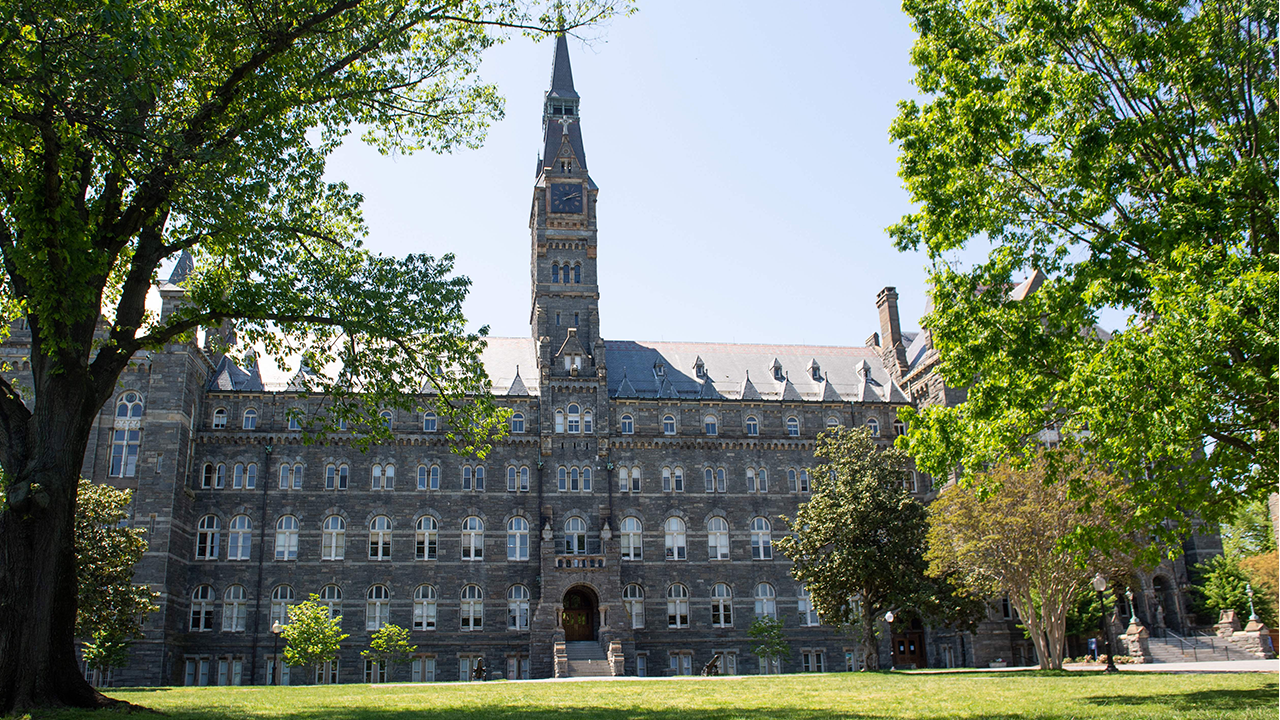

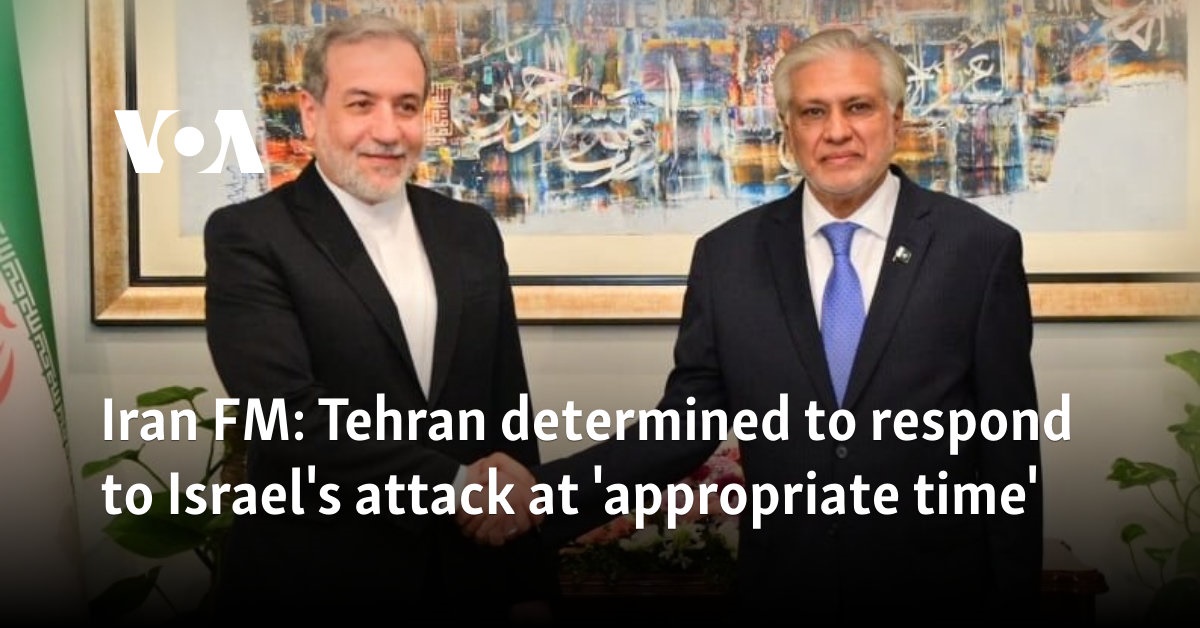

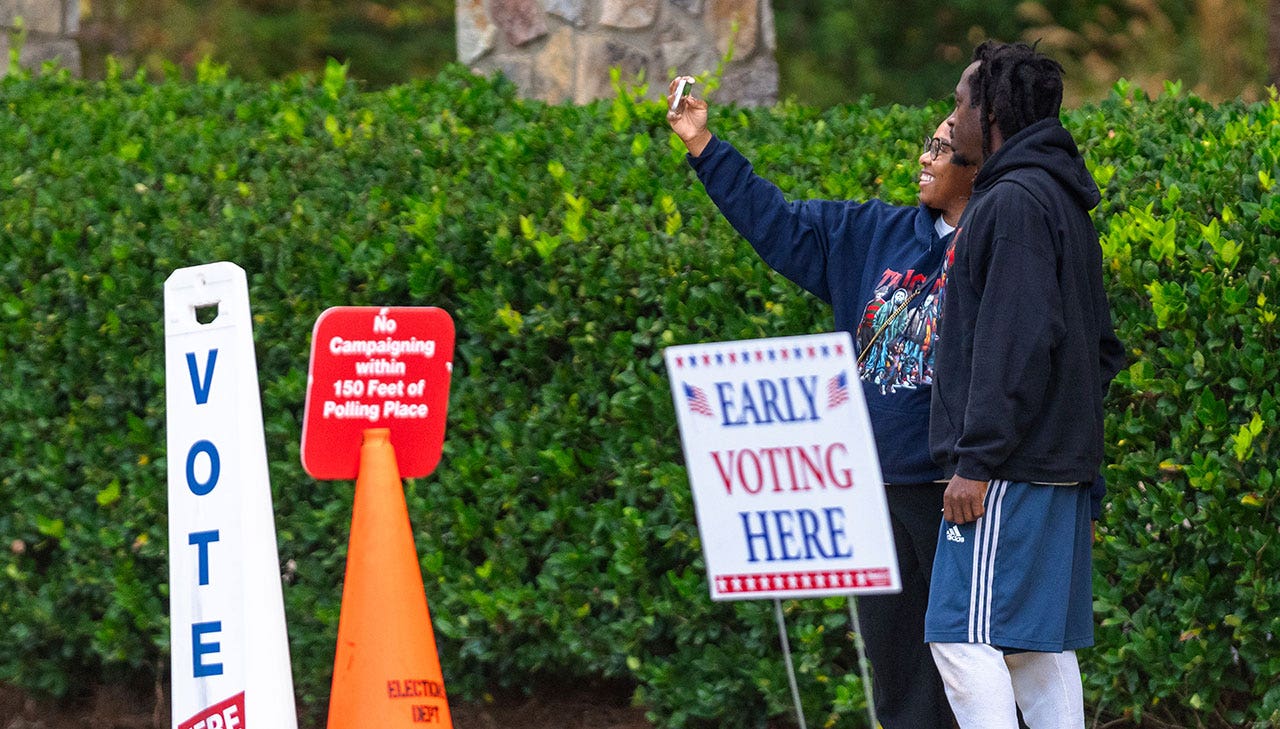

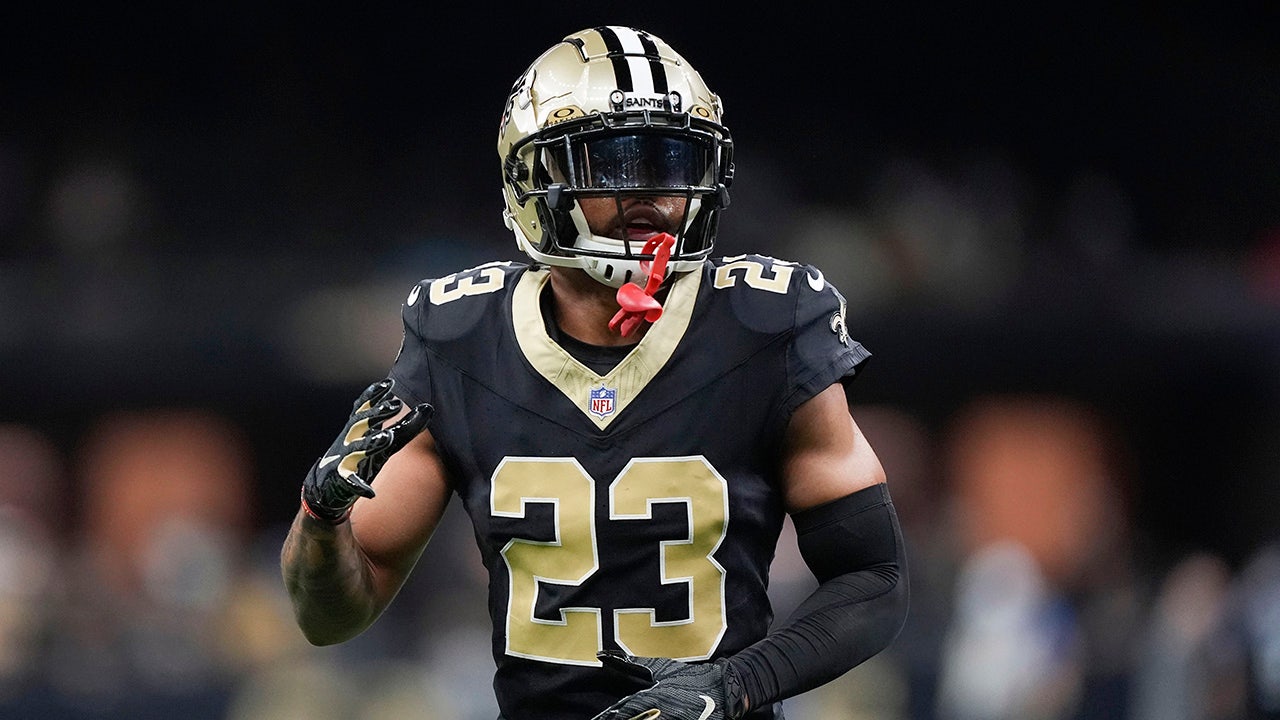
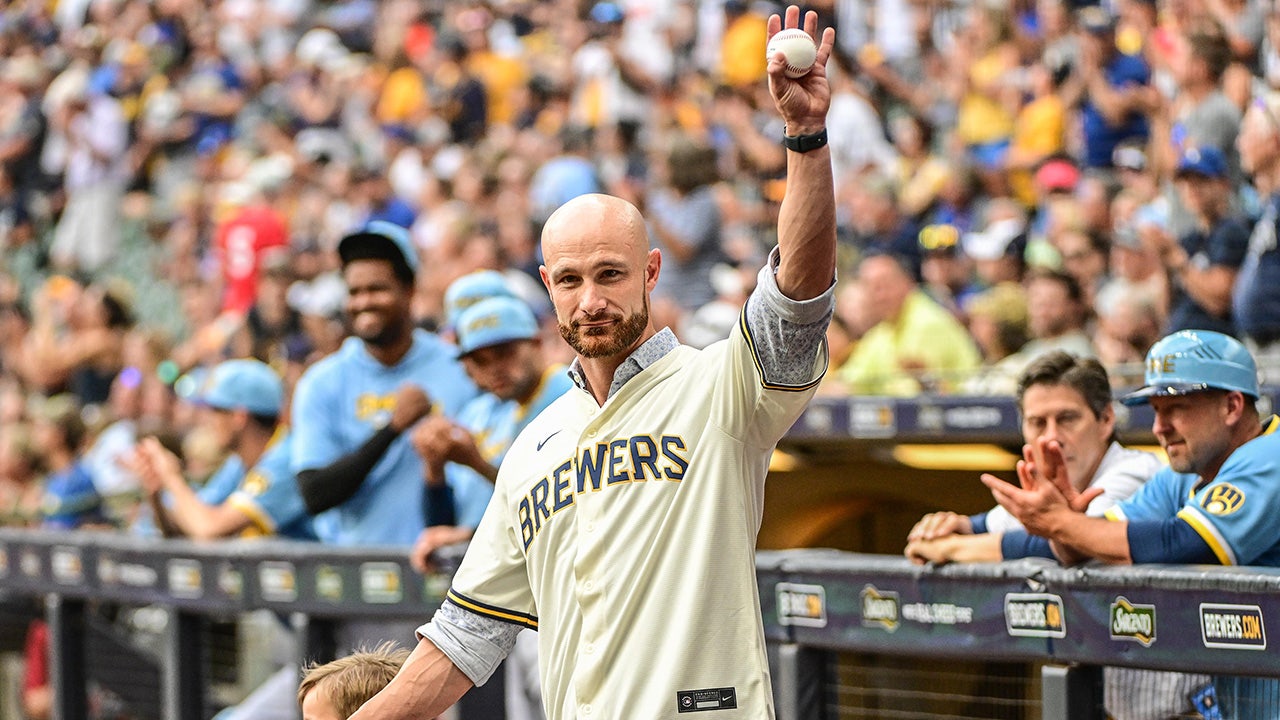







.png)

.png)
.png)
.png)





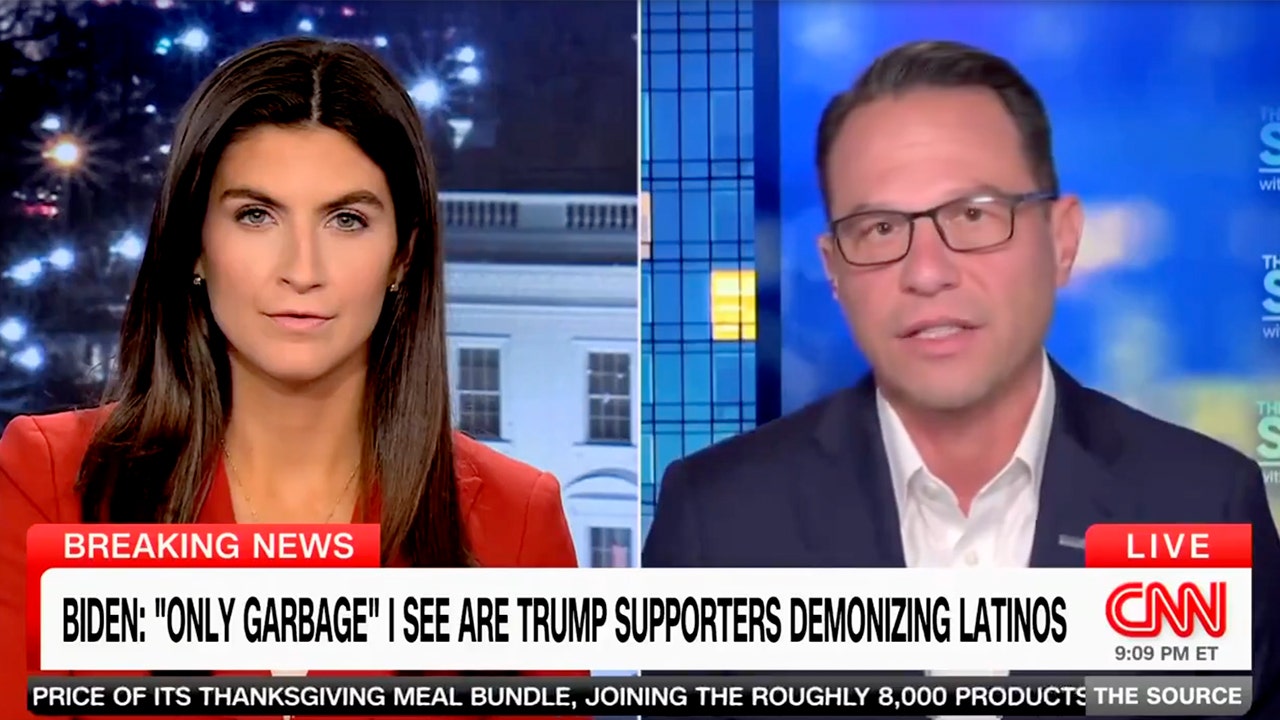





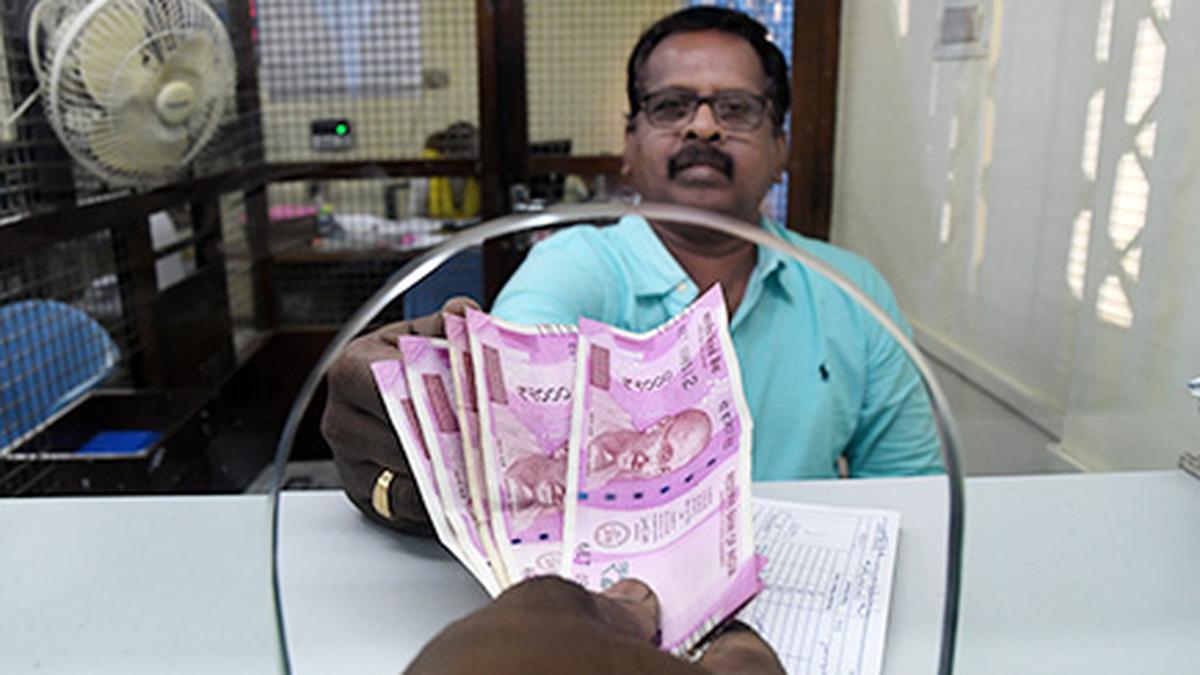

 English (US) ·
English (US) ·  Hindi (IN) ·
Hindi (IN) ·